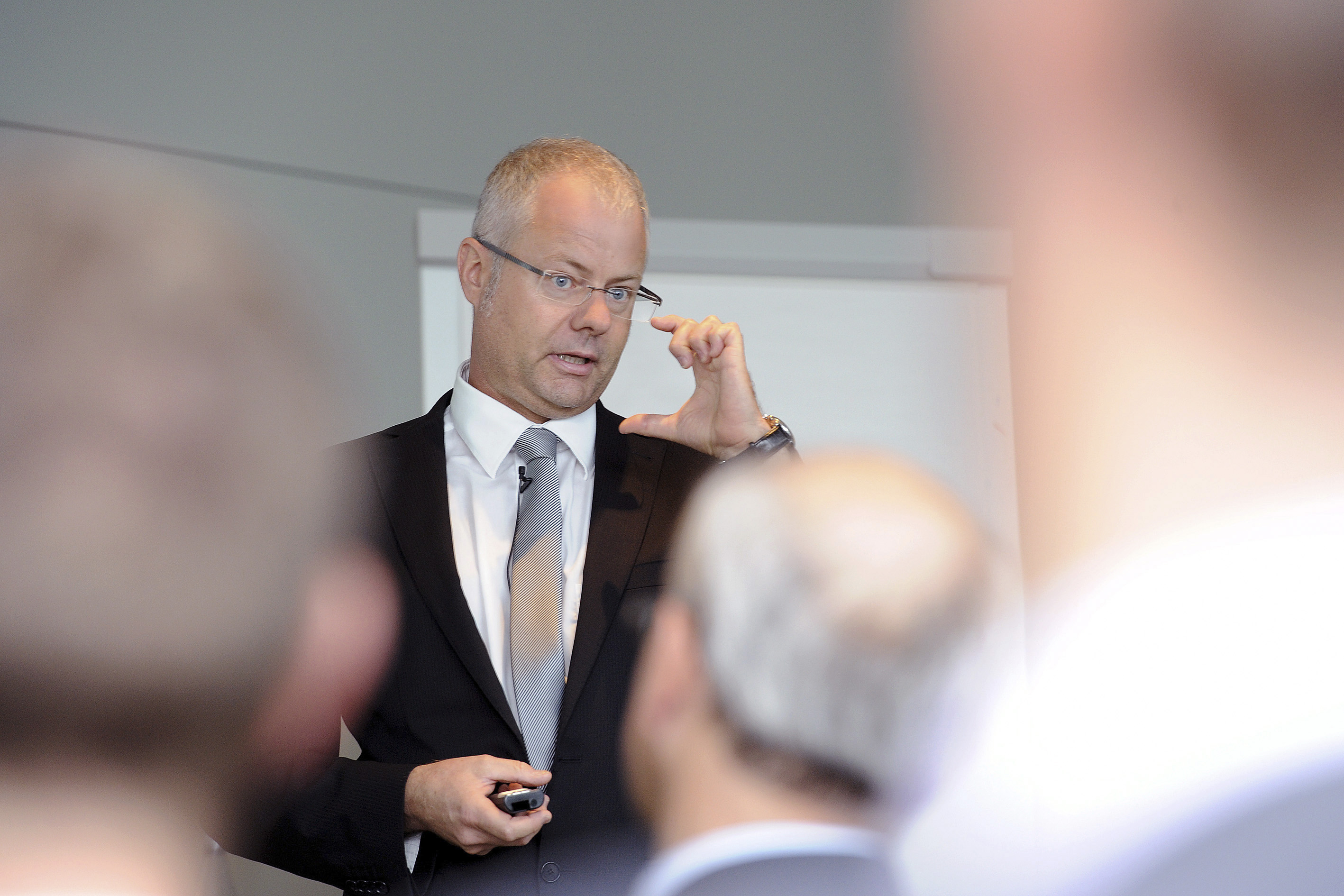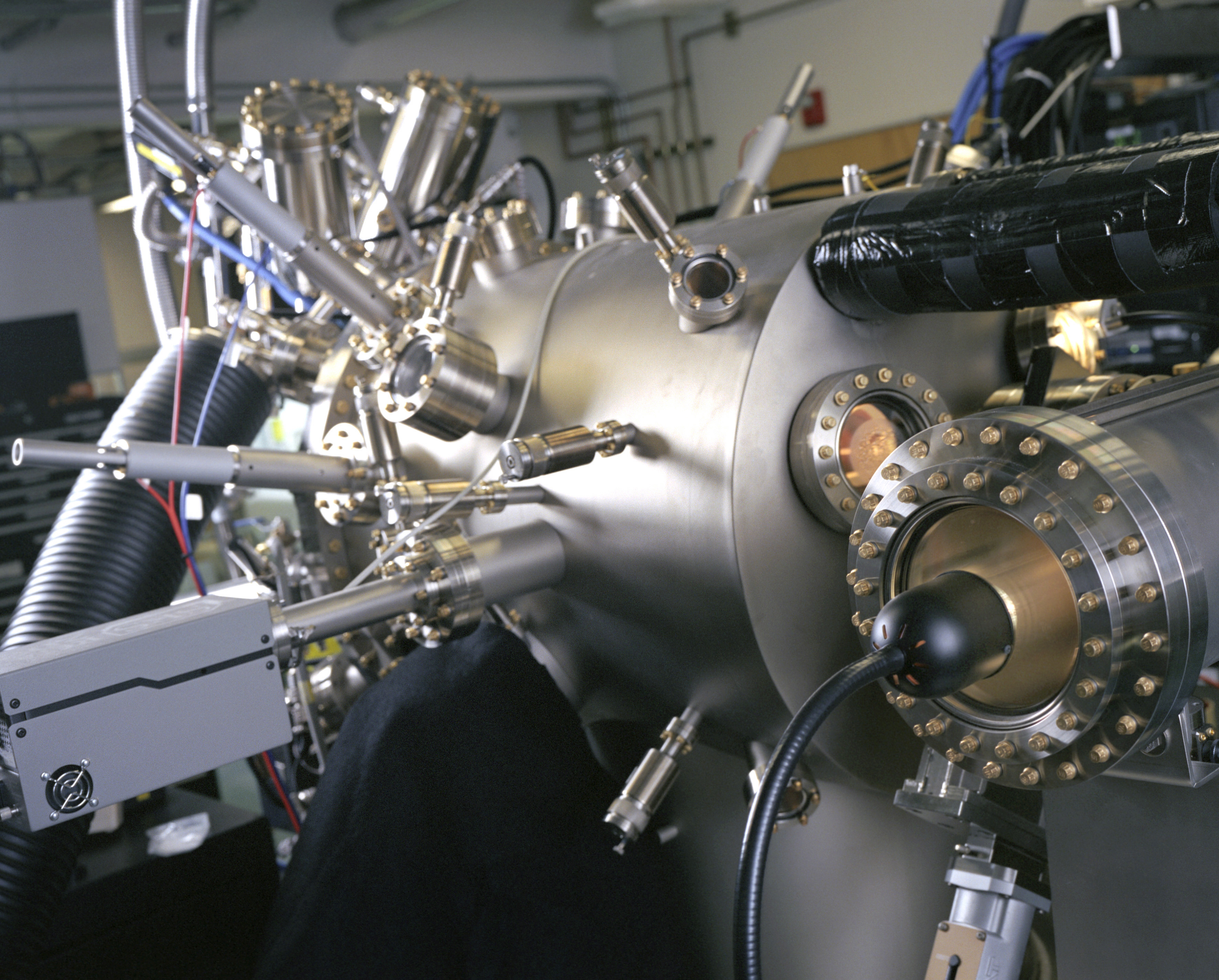Nanotechnology helps packaging smarten up

In the near future packaging will be much more than a simple external protective wrapper or support for product advertising. Biotechnologist Christoph Meili outlines the major role nanotechnology will play.
The Swiss packaging industry, which represents about 250 firms and 19,000 workers, accounts for about 1.1 per cent of national annual gross domestic product (GDP), or CHF586 billion – a much higher figure than in other countries.
Of this, CHF3.6 billion comes from plastics, while CHF1 billion is from cardboard sales. Swiss firms include the Model Group, Bourquin and SIG.
swissinfo.ch: You argue that the future of packaging will be closely tied to advances in nanotechnology. What additional properties can nanotechnology offer?
Christoph Meili: Nanotechnology is all about enhancement. Certain properties that are very much in demand can be introduced into packing using nano-materials.
Here I’m talking mostly about the shelf life of food, which can be extended. The amount of information and the quality of information on packaging will also increase. The consumer will learn about the state of the product, whether the food is still edible or if there is oxygen present in the packaging, for example.
Hopefully, this will also lead to a conservation of resources so that better biodegradable packaging is developed.
– anti-microbial properties: nano-silver, nanoparticles with zinc, calcium magnesium oxide or titanium dioxide, essential oils or wasabi-coated film.
– gas barrier properties: “Nanoclay” layers to better seal PET plastic bottles.
– brand protection: traceability – nanometre barcodes made of nano-silver or gold particles.
– environmentally friendly packaging materials: biodegradable packaging based on natural polymer compounds or nano-sized starches from corn.
(Source: Christoph Meili)
swissinfo.ch: Are there any smart alternatives to packaging so that we use less in the future?
C.M.: Edible packaging is something on our radar screens. On the other hand it’s important for consumers to be able to differentiate clearly between the product and the packaging.
Compostable or biodegradable packaging would be a major step forward. I have my doubts whether this could also be edible. But a product without packaging would be the very best solution.
swissinfo.ch: Nowadays many products are tossed away although they are still usable.
C.M.: Nanotechnology should help us reduce the amount of food that is thrown away. Around one third of all purchased food is thrown away as consumers believe it’s no longer any good or because the sell-by-date has passed.
In Switzerland this represents around two million tonnes of food, or 1.3 billion tonnes worldwide. That’s a tremendous waste.
swissinfo.ch: How can ‘smart’ packaging help solve this problem?
C.M.: Smart packaging is able to react to ambient conditions, for example, when the gas mixture in a product changes such as when carbon dioxide or nitrogen are released and escape from the packaging’s protective atmosphere.
The second example is self-protecting packaging, which protects itself against oxygen for example. Then there are indicators about the levels of moisture or bacterial and microbial decomposition, which show when the product is no longer usable.
Nano-silver, titanium dioxide or zinc oxide slow the growth of bacteria on products, thus extending their shelf-life and freshness.
Christoph Meili is founder and head of the Innovation Society.
He studied Biotechnology at the Swiss Federal Institute of Technology (ETH) in Zurich and Business Administration at the University of St.Gallen, where he achieved his PhD.
He was head of the Competence Center for Risks of biotechnology, genetic engineering, and nanotechnology at the Institute of Insurance Economics of the University of St.Gallen.
In addition he has considerable consulting experience in the risk management of emerging technologies. He is an innovation and risk expert in applied nano- and micro technology.
He is also a senior lecturer in business administration and management at the University of St.Gallen.
swissinfo.ch: But how practical and realistic are all these new ideas?
C.M.: They really do offer something extra. For example, you have beer bottles with a ‘nano-clay’ plastic layer which slow the leakage of gas and entry of oxygen. This allows products to be kept much longer.
This is really interesting for manufacturers as they can lower costs. On the one hand fewer products are withdrawn and on the other consumers can keep them longer.
swissinfo.ch: What will the packing of the future look like? Will every product contain a chip with accessible information on the packaging?
C.M.: The ability to identify products using a Radio-frequency Identification Device (RFID) is definitely an issue right now. It’s practical for retailers. There are several options already available.
The problem is the price. Packaging must be very cheap. RFID is currently only offered on higher-priced items or on large quantities, which enable products to be traced. Trademark protection becomes easier.
swissinfo.ch: You are a biotechnologist and a molecular biologist but you also work as a risk researcher. What are the possible future health threats of integrating minute nanoparticles in packaging?
C.M.: The question we have to ask ourselves is: can nanoparticles escape from packaging? If so, where do they go? Into food, or are they dispersed into the environment? Or do they transform into something else in the biological cycle?
In active packaging, where a considerable part involves active elements escaping and interacting with foodstuffs, we have to look at what is happening. The migration and dispersion of low-molecular substances is an issue.
Substances that are dangerous for your health shouldn’t end up in the product. But it’s a difficult issue. Where should the limit be set? What level is still safe? What is problematic?
Also, alongside respiration, it’s possible for nanoparticles to be absorbed into the digestive system. A lot of research is still needed on this. We have to honest about that.
(adapted from German by Simon Bradley)

In compliance with the JTI standards
More: SWI swissinfo.ch certified by the Journalism Trust Initiative













You can find an overview of ongoing debates with our journalists here . Please join us!
If you want to start a conversation about a topic raised in this article or want to report factual errors, email us at english@swissinfo.ch.